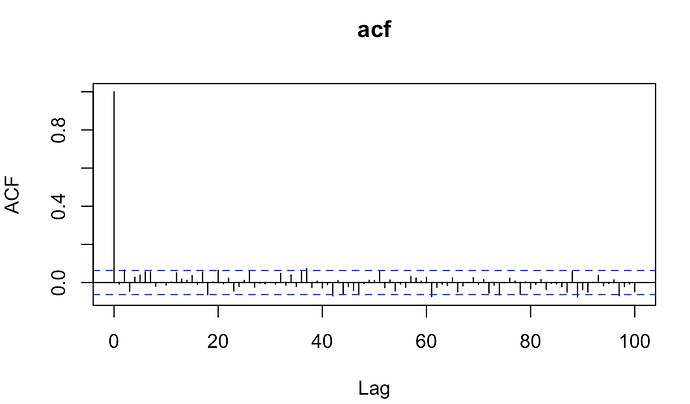I have been a huge fan of Ed Thorp ever since I read my first book as a child: “Beat the Dealer.” Okay maybe it was a few books after Dr. Seuss but early.
Anyway, I know he looked at a lot of different ways to beat the market and discarded many of them including technical patterns. He made most of his money developing the Black-Sholes formulas (before Black and Sholes) and not publishing them. I.E., he traded and hedged options and warrants.
But what would he say about what we do? His recent autobiography tells us (A Man for All Markets: From Las Vegas to Wall Street, How I Beat the Dealer and the Market):
“The Compustat database provided historical balance sheet and income information.”
“….indicators we systematically analyzed, several correlated strongly with past performance. Among them were earnings yield (annual earnings divided by price), dividend yield, book value divided by price, momentum, short interest (the number of shares of a company currently sold short), earnings surprise (an earnings announcement that is significantly and unexpectedly different from the analysts’ consensus), purchases and sales by company officers, directors, and large shareholders, and the ratio of total company sales to the market price of the company. We studied each of these separately, then worked out how to combine them. When the historical patterns persisted as prices unfolded into the future, we created a trading system called MIDAS (multiple indicator diversified asset system) and used it to run a separate long/ short hedge fund.”
I guess he hedged but pretty much what we do.
-Jim
